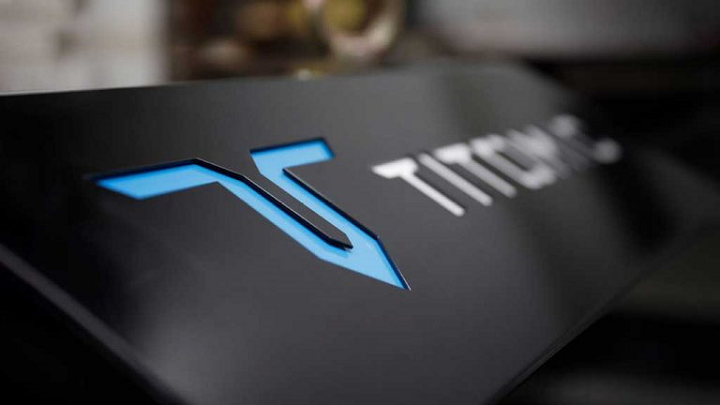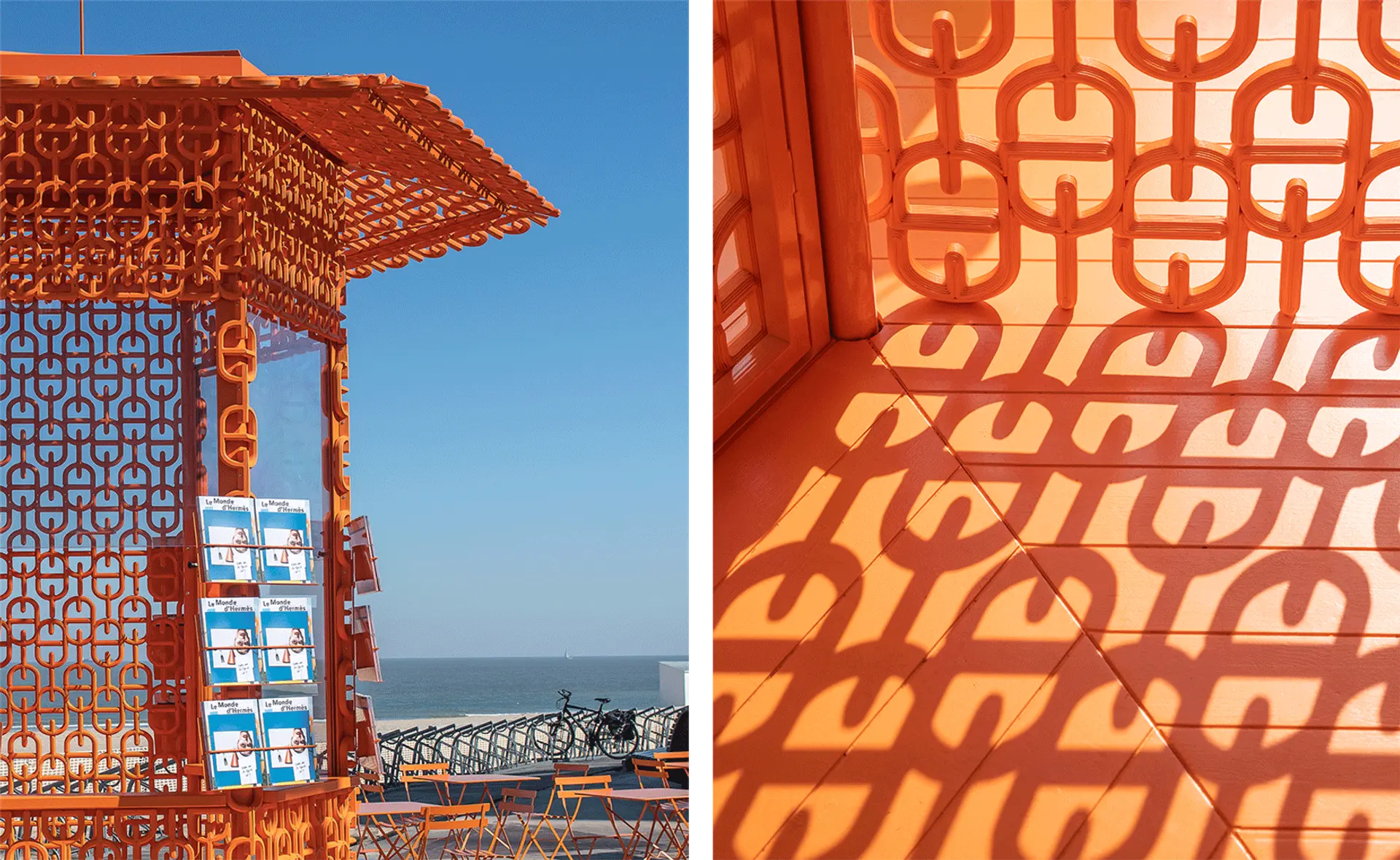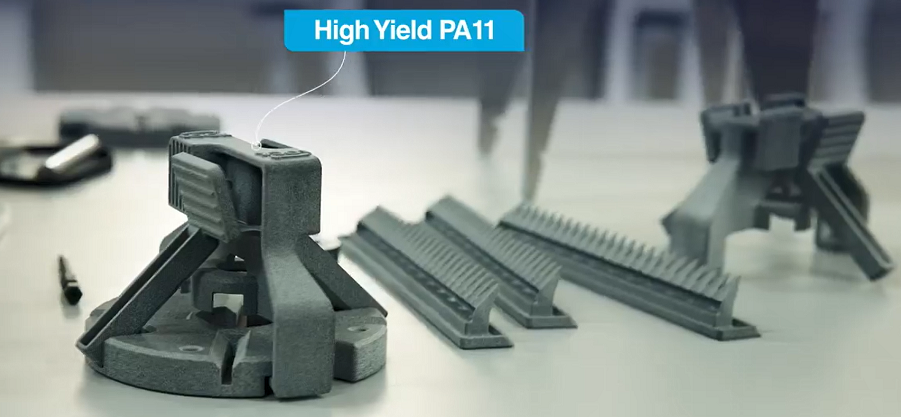Kicking off our 3D Printing News Briefs today is the awarding of a Horizon Europe grant to Titomic Europe, and then on to news from ORNL, which developed a deep-learning framework to speed up the inspection of 3D printed metal parts using X-ray CT scanning. Aectual introduced a configurator system for its custom 3D printed room dividers, and a machine that recycles resin features several 3D printed parts. Finally, a 3D printed clay humidifier doesn’t use any electricity.
Titomic Europe Receives Horizon Europe Grant
Australian metal AM company Titomic Limited (ASX: TTT) announced that its Titomic Europe division has been awarded a CoBRAIN grant as part of the Horizon Europe initiative, which is the EU’s largest research program to date and a renewal of Horizon 2020. The company will receive €260,000 in funding, which will be used to research and develop machine learning and artificial intelligence applications within cold spray technology, ultimately increasing Titomic’s technological competitive edge. The CoBRAIN program will work to develop novel hard metal materials for corrosion and wear resistance, as well as validate an integrated computational-experimental material engineering workflow, and Titomic will use the outcome of its research to optimize cold spray processes for additive manufacturing with both new and existing materials.
“CoBRAIN brings together the brightest minds in the field of metal protection. With Titomic Europe’s extensive experience in low and medium pressure cold spray technology solutions, and proven wear resistance and corrosion protection capability, our involvement provides strong validation of Titomic’s cold spray reputation and capability in Europe and around the world,” said Herbert Koeck, Managing Director of Titomic.
“The grant builds on Titomic Europe’s success to date in glass mould coatings, with our automated cold spray solutions commercially adopted by the IPGR network. We look forward to developing novel adjacent applications with the support of CoBRAIN.”
Deep-Learning Framework Improves X-Ray CT Inspection of AM Parts
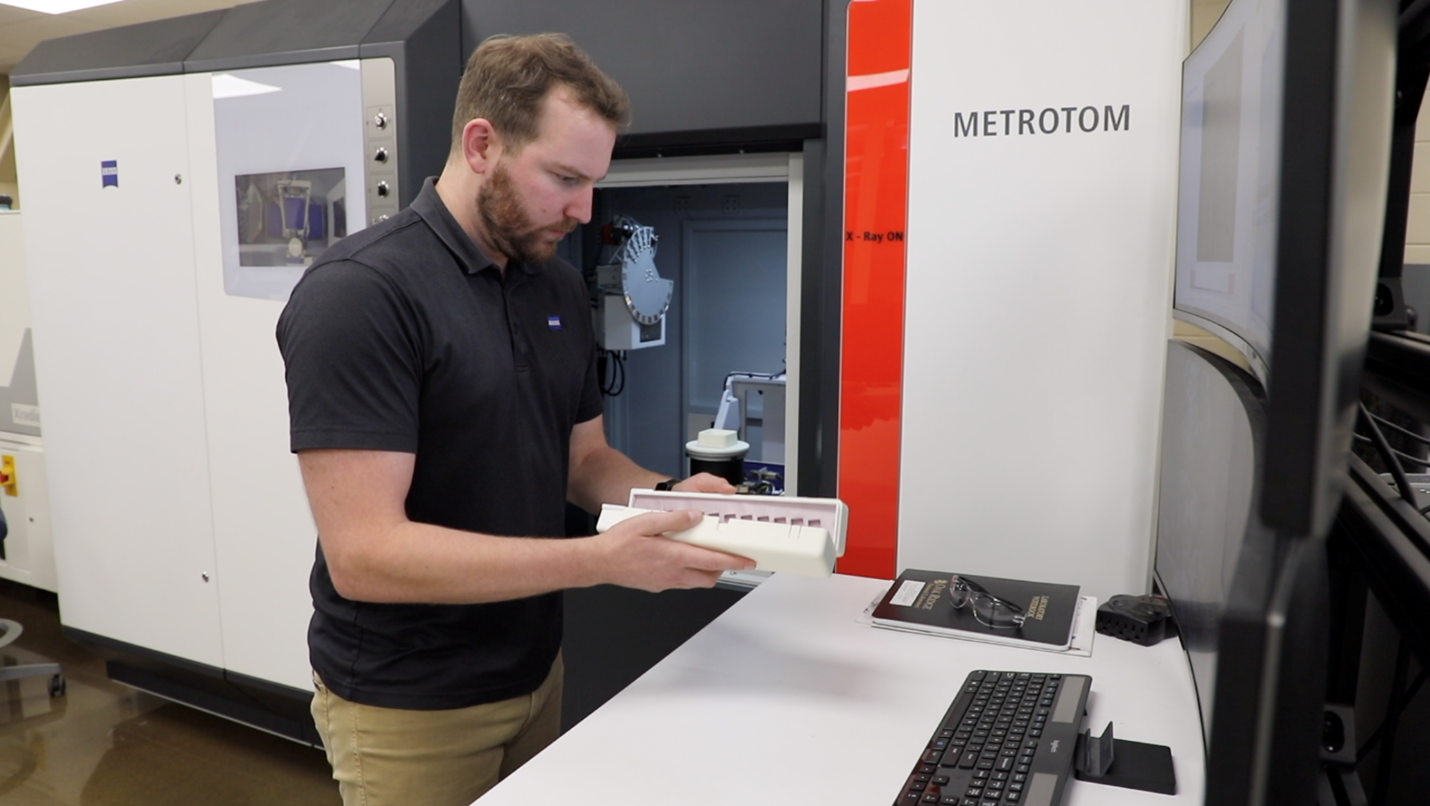 Paul Brackman loads 3D printed metal samples into a tower for examination using an X-ray CT scan in DOE’s Manufacturing Demonstration Facility at ORNL. Credit: Brittany Cramer/ORNL, US Dept. of Energy.
Paul Brackman loads 3D printed metal samples into a tower for examination using an X-ray CT scan in DOE’s Manufacturing Demonstration Facility at ORNL. Credit: Brittany Cramer/ORNL, US Dept. of Energy.A team at Oak Ridge National Laboratory (ORNL) developed a deep-learning framework that not only speeds up the process, but also increases the accuracy, of inspecting metal 3D printed parts with X-ray CT scanning. This method of inspection can certify a 3D printed part without damaging it, as the object is slowly rotated and scanned at each angle by X-rays, before computer algorithms use the resulting 2D projections to construct a 3D image that shows the density of the internal structure. But the technology is not used at large scale in AM because it can be imprecise and time-consuming, and metals can also completely absorb the lower-energy X-rays in the beam, which creates image inaccuracies. The ORNL team’s approach generates realistic training data without having to gather it through extensive experiments by using a generative adversarial network (GAN) method to synthetically create a realistic-looking data set for training a neural network. This framework needs scans with fewer angles, which has majorly reduced imaging time, while still providing a more accurate reconstruction and automated analysis. It’s already being incorporated into software used by commercial partner ZEISS at ORNL’s Manufacturing Demonstration Facility.
“With this, we can inspect every single part coming out of 3D-printing machines. Currently CT is limited to prototyping. But this one tool can propel additive manufacturing toward industrialization,” said Pradeep Bhattad, ZEISS business development manager for additive manufacturing.
“If I can very rapidly inspect the whole part in a very cost-effective way, then we have 100% confidence. We are partnering with ORNL to make CT an accessible and reliable industry inspection tool.”
Aectual Launches Configurator System for Custom Room Partitions
Dutch additive design firm Aectual uses 3D printing to create sustainable, customizable architecture products, like flooring, sound diffusion panels and room divider screens, canopies and pavilions, and has launched the Freeline – Tube panel system for “optimal storytelling.” Its products are made from recycled, plant-based, fully circular material, and the system makes it possible for users to customize and tailor panels to their own space. The Freeline system directly converts your drawing into a 3D panel, with just a few design guidelines, and the panels can have any shape and come in individual sizes from 500 x 500 x 500 mm all the way to 1300 x 2300 mm. Using 100% VOC-free Bio-PolyAmide material, the lines in your drawing are then 3D printed into hollow tubes with tapered front and back, and you can choose from 11 available colors to create your custom room partition, furniture or outdoor structure panel, custom backdrop, and more.
“To get started, go to the Freeline Tube system, and download the brochure. Here you find exact guidelines to start with your pattern design, and you can approach the design in various ways. You can start by creating a grid and overlay it with specific graphics or logos. You can also create a drawing from free hand, making sure that lines connect at least every 25 cm for structural integrity. Another option is to create a repetitive pattern based on a signature logo, something that Hermès for instance did for their Le Monde d’Hermès kiosk. By repeating the Chaine d’ancre, an iconic pattern was created forming signature shadows, that reflected the theme of the year 2022 at Hermès: Lightness.”
Onulis Uses 3D Printed Parts to Build Resin Recycling Machine
Resin 3D printer manufacturer Onulis works to solve gaps in the AM workflow, and invented the WRAP (Waste Resin Axial Printing) system, which automatically repurposes hazardous UV waste resin by transforming it into solid plastic stock; this plastic can then be safely disposed of, or used for low-cost prototyping. The company wanted to replace injection mold tooling with direct 3D printing, and turned to Purple Platypus to fulfill its unique requirements for final WRAP machine production parts, such as withstanding harsh environments, fine feature details, and being able to move both the printer and material from production to prototyping so parts didn’t have to be requalified and costs could be kept down. Purple Platypus, a Stratasys reseller, used the SAF H350 to print nearly 50 final parts for Onulis, which saved thousands of dollars and reduced development time, as just one H350 printer can produce enough parts to manufacture 28 WRAP machines a week.
“We have 46 3D printed parts from the Stratasys H350 on our product,” said Geoff Varga, Program Manager, Onulis. “That’s 46 injection mold tools that we didn’t have to invest in, and that saved us a lot of money. Another value that we got from the H350 is that we were able to print production parts on the same machine that we were prototyping on. So we could print our end products at the same time we were developing our next release.”
3D Printed Clay Humidifier Offers Comfort Without Power Consumption
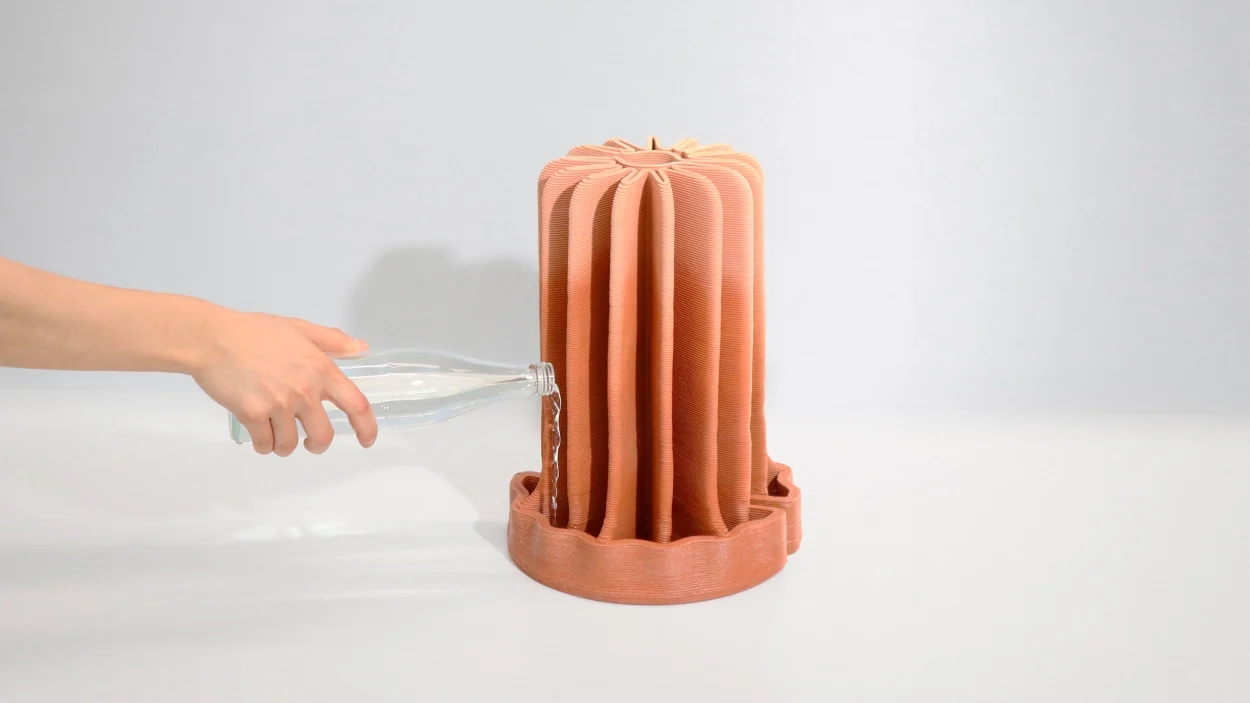 Credit: courtesy jiamingliu.design
Credit: courtesy jiamingliu.designDesigner Jiaming Liu created a simple yet effective device for his master’s graduation project at Folkwang University of the Arts in Essen, Germany: a 3D printed clay humidifier that doesn’t use any electricity. The device was inspired by the way trees absorb and evaporate water, and features an environmentally conscious design 3D printed with low-cost materials. Its unique shape would be difficult to make with other production methods, but is the key to making the humidifier work, as the ridges offer a larger contact surface with the air in a compact footprint. The three segments are printed in one piece, and the water storage container on the bottom can hold 500 milliliters of water. This portion is glazed on the outside so the liquid can be stored without wetting the surface upon which it’s sitting, but because the roots and upper trunk need to be in direct contact with the water and the air, they are not glazed. These portions absorb the water through the natural network of microscopic pores in the clay, and as the material is slowly saturated, the water evaporates and increases the humidity in a room.
“The bottom water storage part is like the ground and soil. The extension curves [which are inside the water container] are like the roots of a tree absorbing water. The main part carries water upwards and radiates, like tree trunks and branches,” Liu explained.
Subscribe to Our Email Newsletter
Stay up-to-date on all the latest news from the 3D printing industry and receive information and offers from third party vendors.
You May Also Like
Profiling a Construction 3D Printing Pioneer: US Army Corps of Engineers’ Megan Kreiger
The world of construction 3D printing is still so new that the true experts can probably be counted on two hands. Among them is Megan Kreiger, Portfolio Manager of Additive...
US Army Corps of Engineers Taps Lincoln Electric & Eaton for Largest 3D Printed US Civil Works Part
The Soo Locks sit on the US-Canadian border, enabling maritime travel between Lake Superior and Lake Huron, from which ships can reach the rest of the Great Lakes. Crafts carrying...
Construction 3D Printing CEO Reflects on Being Female in Construction
Natalie Wadley, CEO of ChangeMaker3D, could hear the words of her daughter sitting next to her resounding in her head. “Mum, MUM, you’ve won!” Wadley had just won the prestigious...
1Print to Commercialize 3D Printed Coastal Resilience Solutions
1Print, a company that specializes in deploying additive construction (AC) for infrastructure projects, has entered an agreement with the University of Miami (UM) to accelerate commercialization of the SEAHIVE shoreline...


